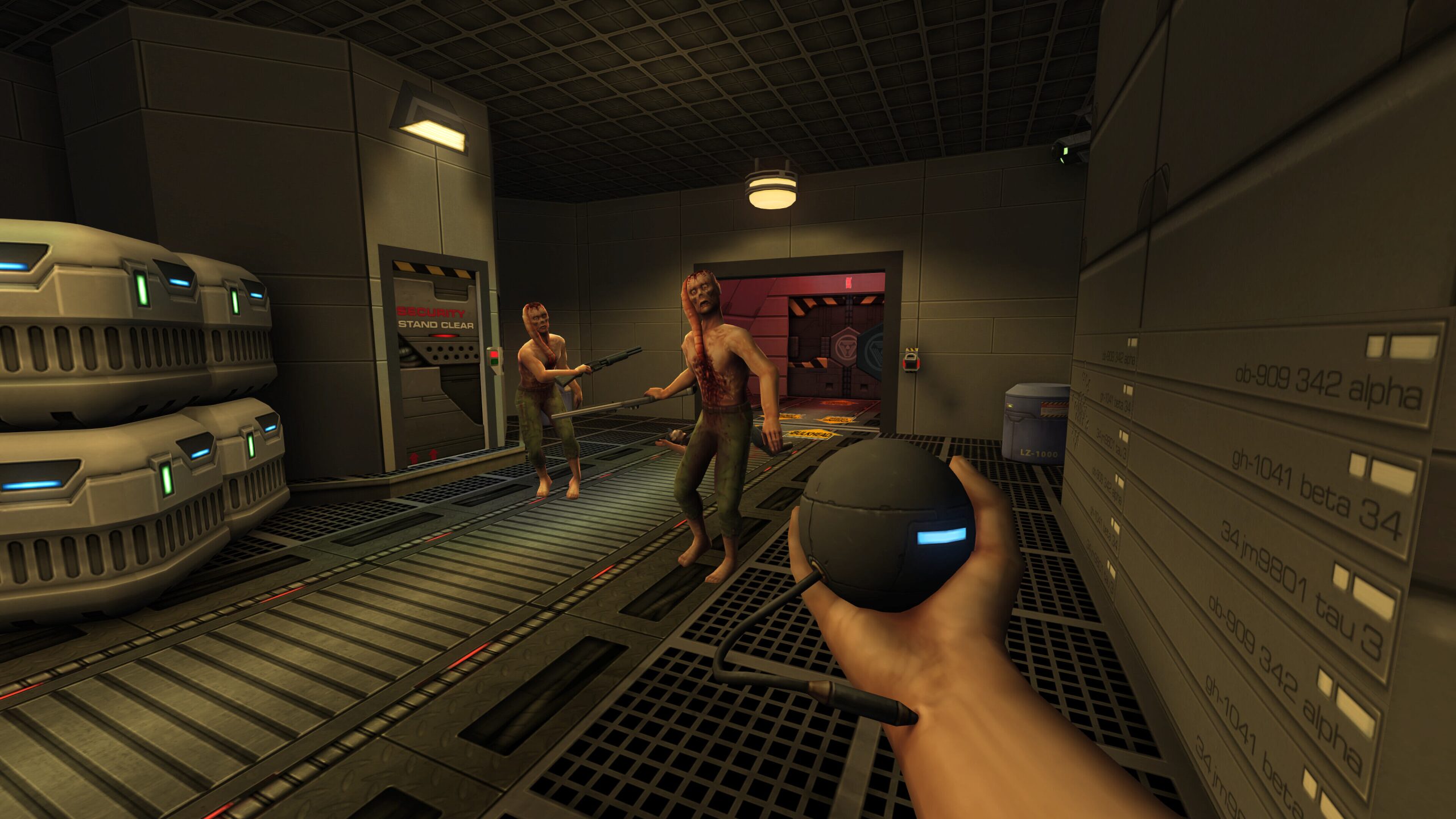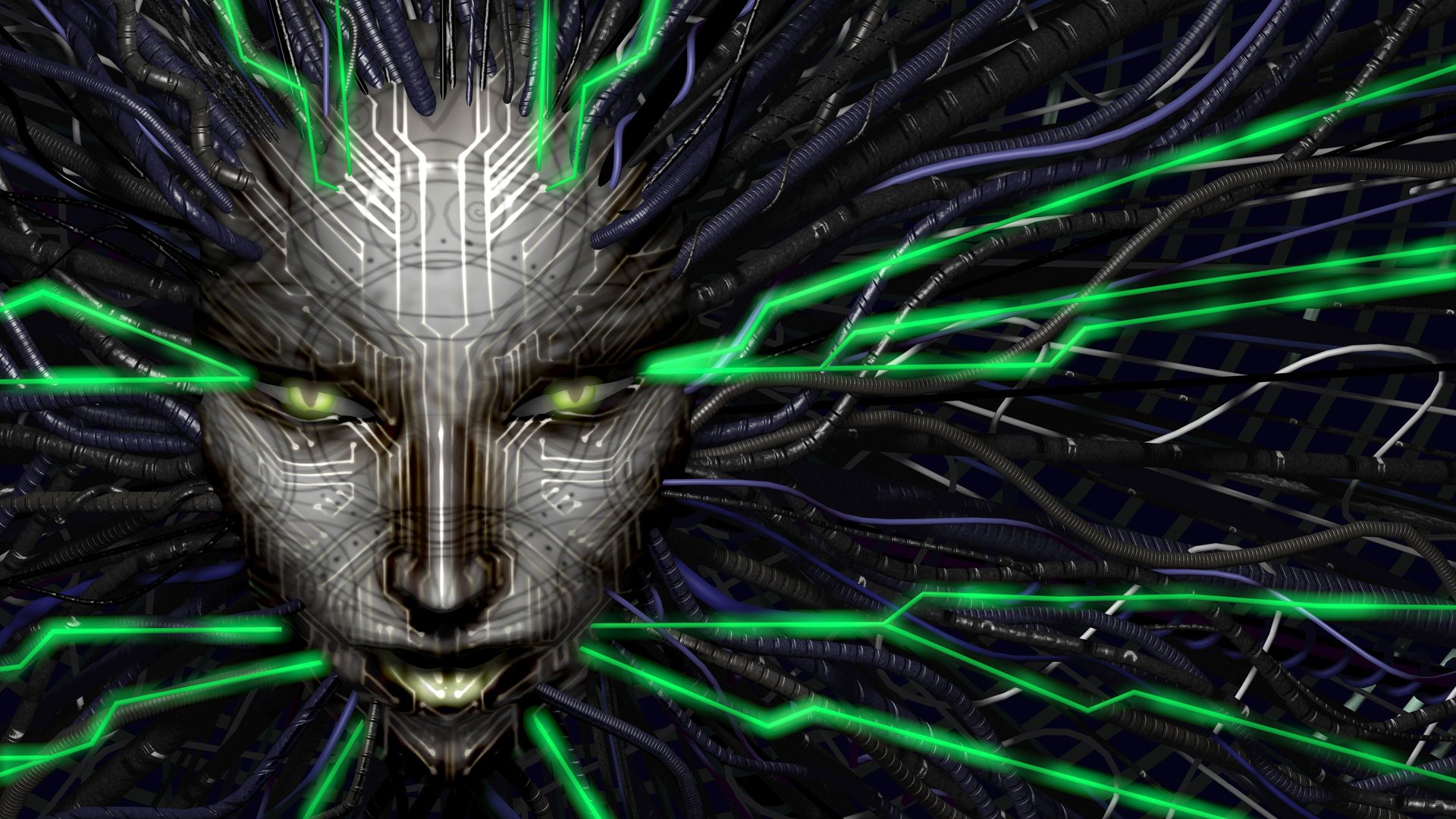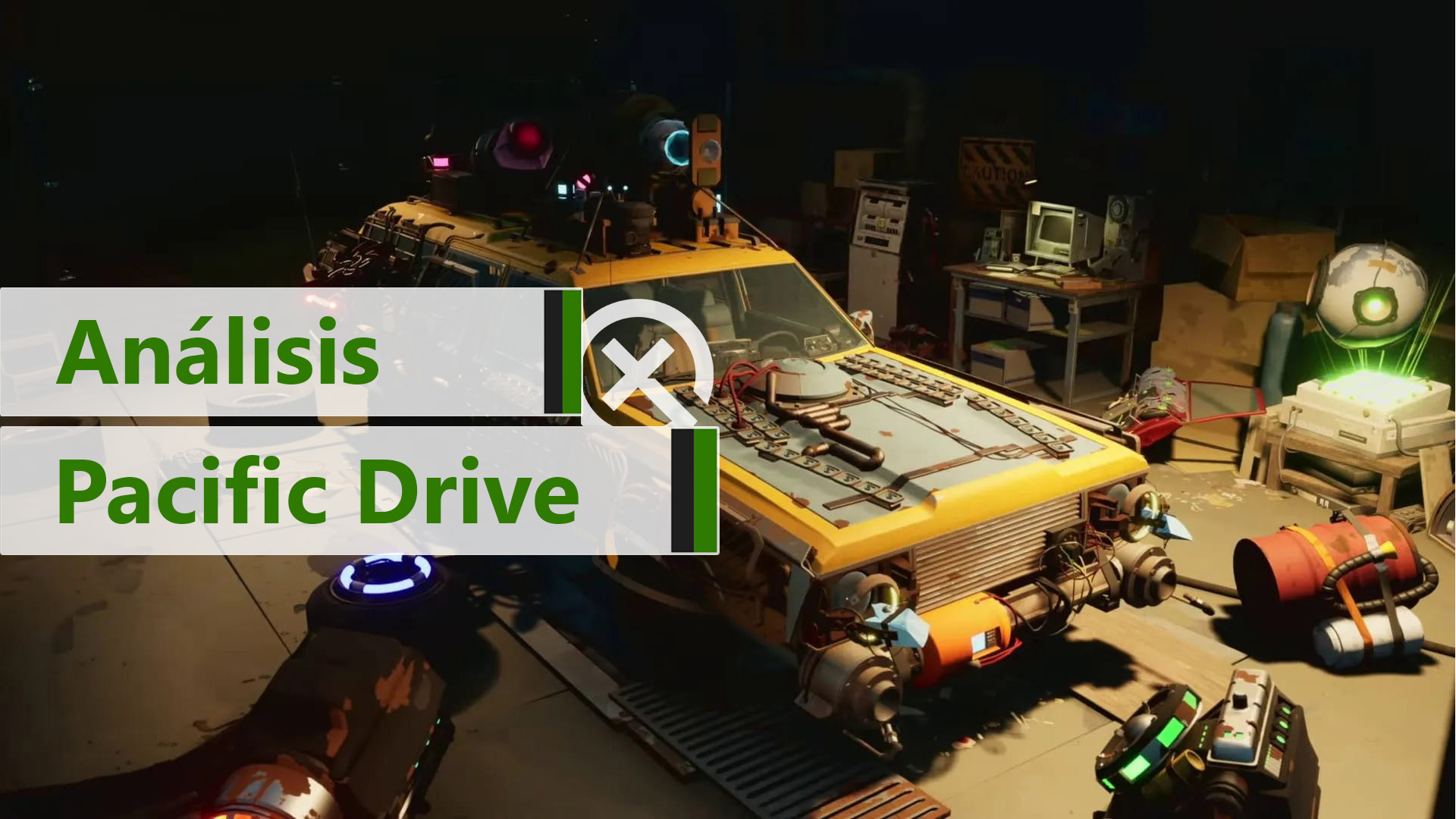We analyze for Xbox Series the return of a timeless classic, System Shock 2: 25th Anniversary Remastered.
Take a look at these other reviews
- Review of Terrifier: The ARTcade game – The clown fights the neighborhood
- Review of Virtua Fighter R.E.V.O World Stage – The return of a pioneer
- Review of Pacific Drive for Xbox Game Pass – Accelerating in another dimension
| Don't miss anything and follow us on Google News! |
System Shock 2 is to this day one of the most iconic games to have arrived on PC. Over time, the title managed to infiltrate the console market as well, and Nightdive Studios was in charge of remastering both titles in the saga, with this production being the latest to see the light of day.
It’s worth noting that the console release was originally scheduled for June 26, but the studio decided to delay the launch on these platforms until sometime in July to make some last-minute adjustments. The PC title did arrive in stores on the originally scheduled date.
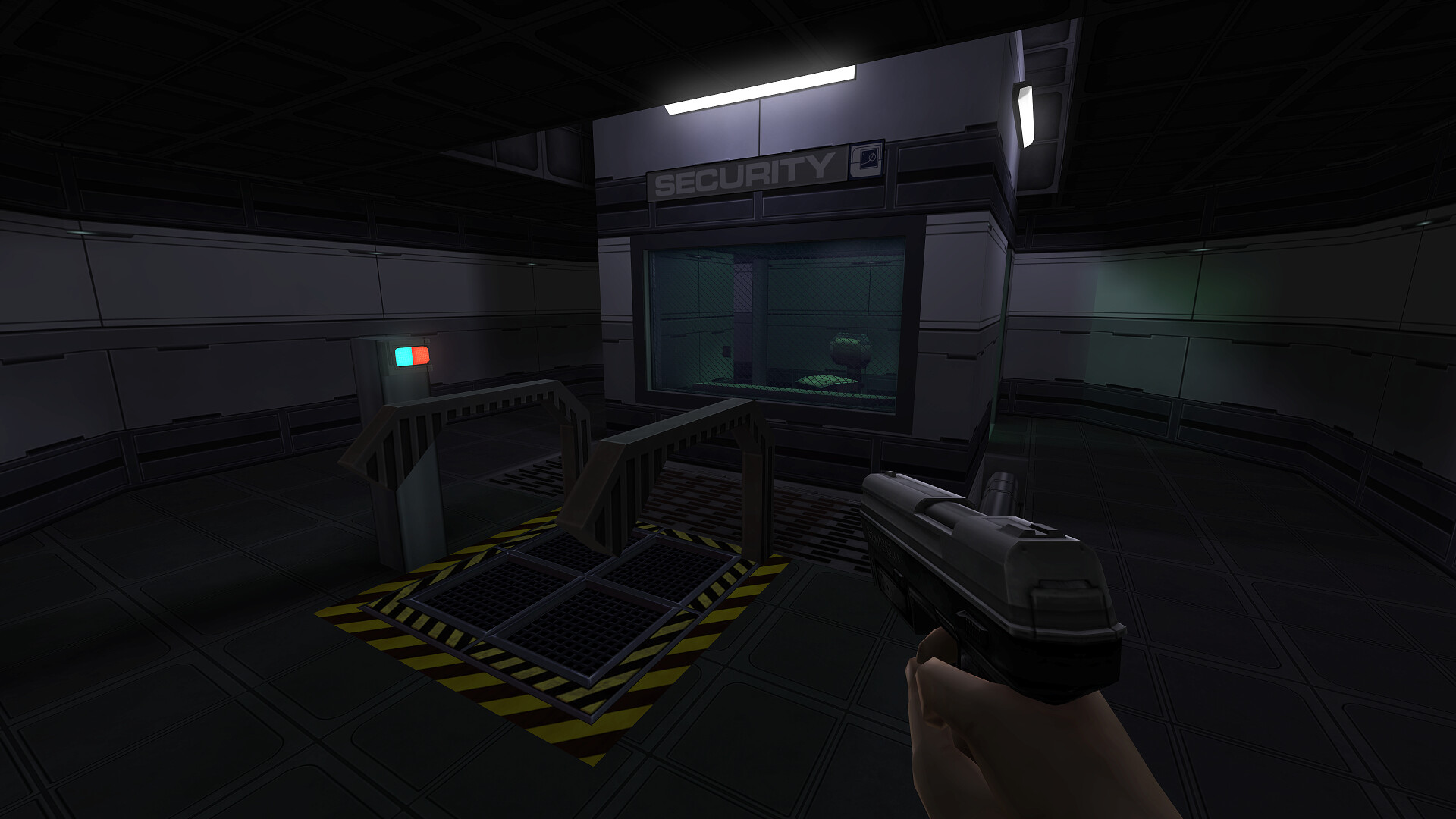
Those who have never paid attention to what System Shock 2 has to offer should know that the game’s story revolves around a UNN soldier whose maiden voyage on the Von Braun ship to the Tau Ceti V colony goes horribly wrong. From the moment the protagonist opens his eyes, destruction, chaos, and other vicissitudes will be the constant in the title, which also includes a lot of ingenuity and the possibility of approaching different situations in various ways.
The interesting thing about the story, beyond the content of the narrative itself, is that it is told through audio logs, something very innovative for the time when the game was originally released and a technique that many great exponents of the genre, such as BioShock, drew from.
Technical Section
If you’re a long-time fan of System Shock 2, you may have added several mods to the classic, perhaps the most notable being NewDark, with its new models and extensive texture package. And it’s with all this compendium of things that the classic game most resembles the remastering from a visual standpoint, although no fan-made modification to date has managed to remake the cinematics, something that the remaster achieves from the start.
Within this same section, it’s essential to highlight a vital aspect in modern times: resolution. Nightdive freed players from the 4:3 screen condemnation they had been subjected to for a quarter of a century, allowing the game to run perfectly in 16:9, as dictated by modern rules.
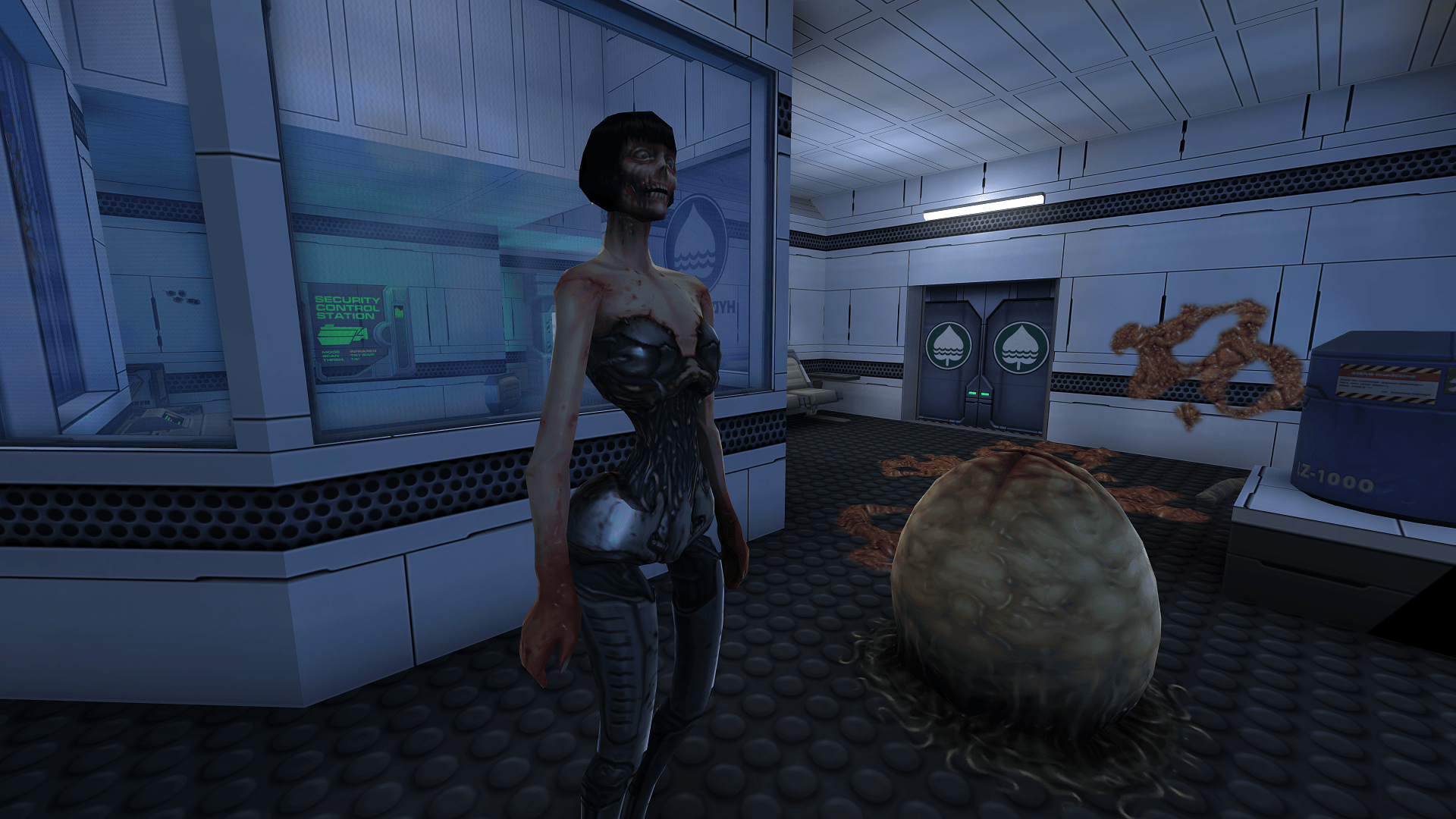
Said all that, it’s very possible that if you never played the original title, even the remaster may look very old, which for many is not a problem (such is my case), but I understand that for many others, it can be. That being said, the oppressive, mysterious, and captivating atmosphere of the original graphics is still present in this release, and I consider that the modifications made are just and necessary.
The sound was also somewhat refined, although it doesn’t stray from the classic architecture, which was also very good, something that was almost an obligation because it makes up 90% of the game’s story.
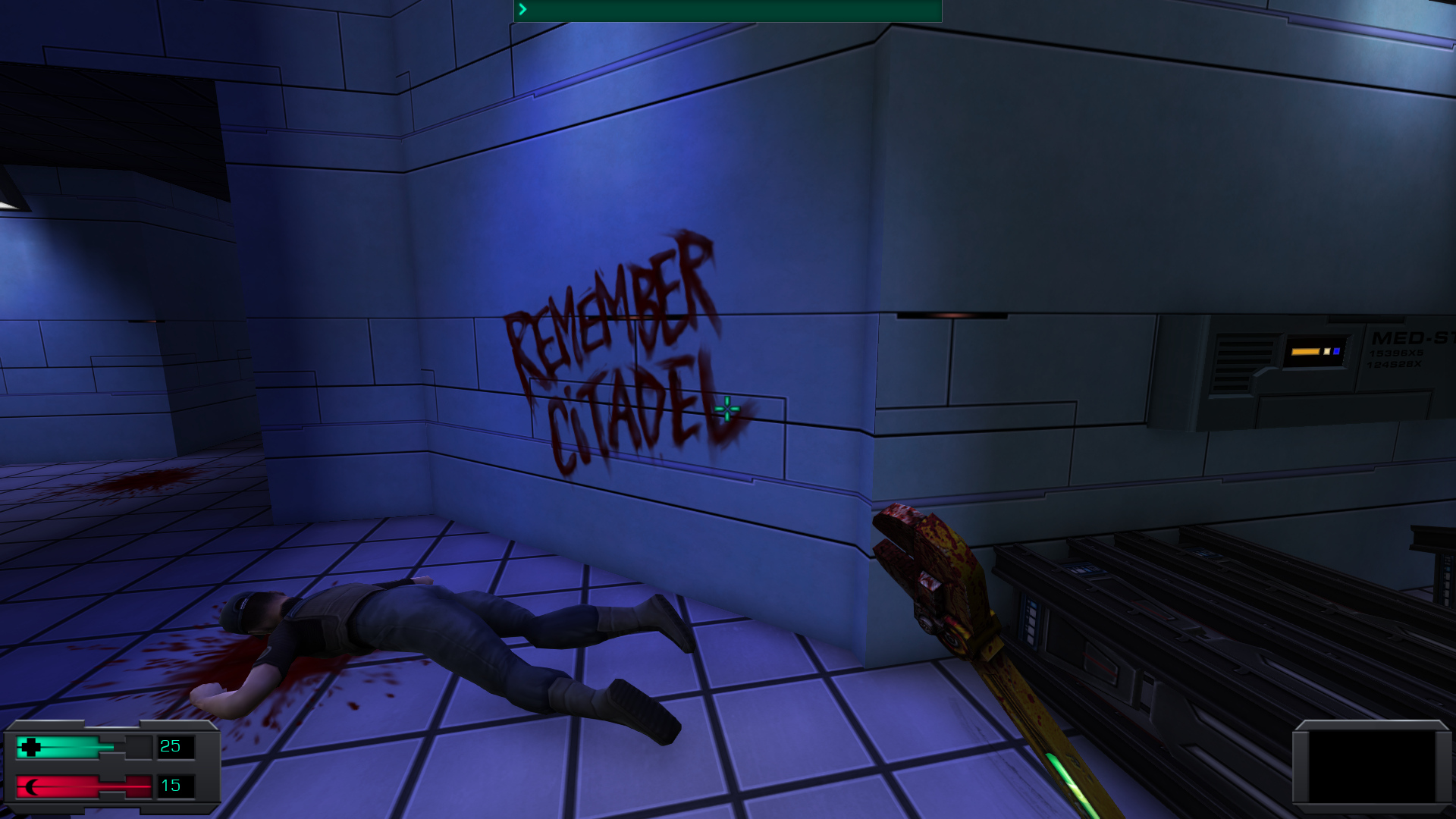
The title is localized in our language, although only in the Iberian variant; perhaps this would have been a good opportunity to include a Latin American adaptation, but this clearly wasn’t what the developers thought in this instance.
The Xbox Series version (where I conducted the analysis) initially presented some inconsistencies in the on-screen text, for example, when taking an item, it would indicate that I should press the “U” key, something that was later solved. Still, the subtitles look strange, as they stay on the screen for longer than they should; I don’t know if this will be solved, and while it’s not a gross error, it’s quite annoying.
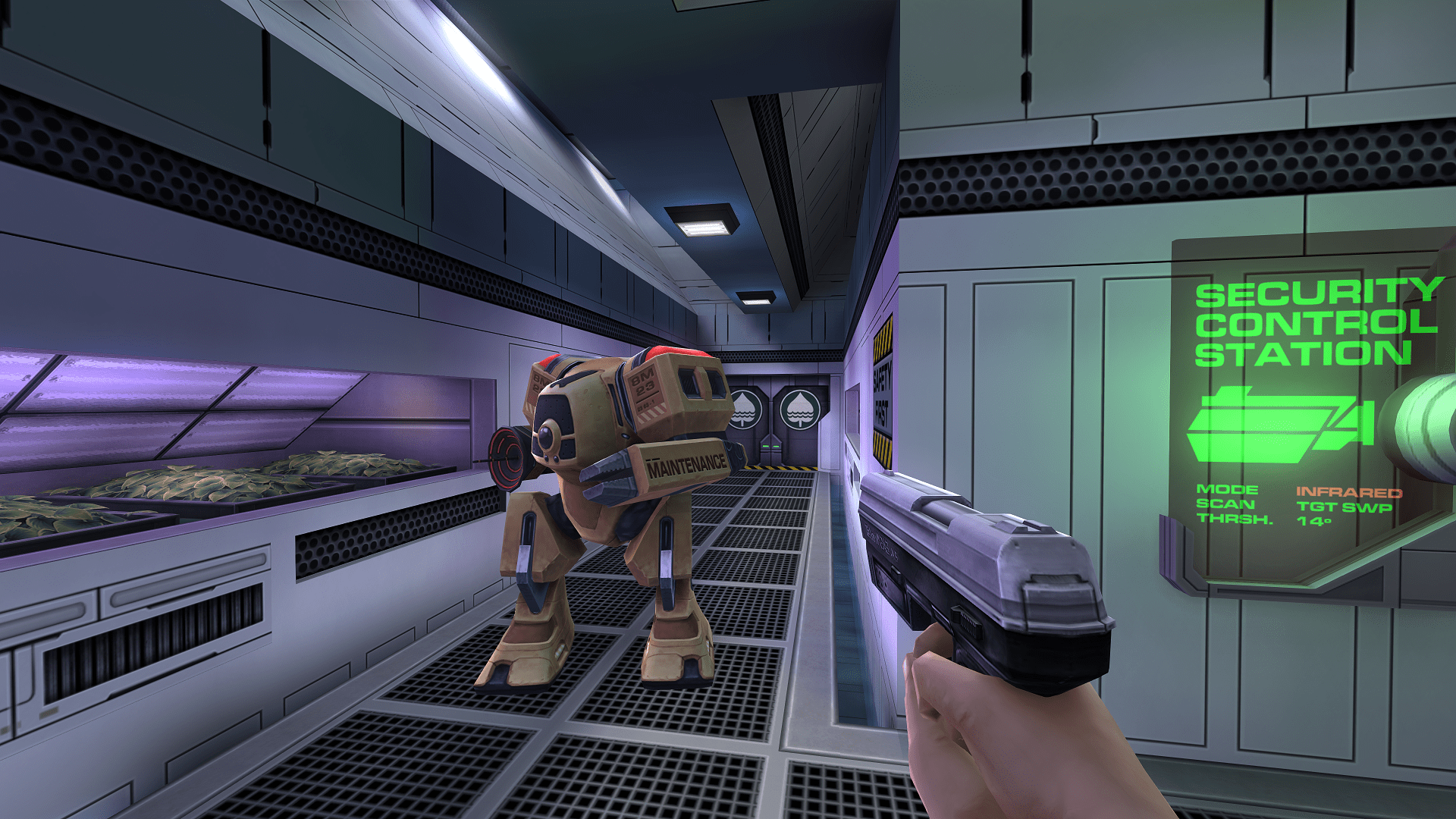
Gameplay
The game begins with the protagonist waking up from the cryogenic chamber and the subsequent training that serves as a tutorial to quickly review the skills that the character will have, which will be largely defined by the player themselves.
The first choice will define the “class” to which the protagonist belongs. Marines are the perfect choice for those more adept at direct shooting and confrontational action; for those who enjoy repair and system hacking, there’s the Navy; and finally, the OSA is the most experimental of the three and has to do with mental powers that help in different situations.
Regardless of the chosen class, as the player navigates the labyrinthine sectors of the Von Braun, they can find additional cybermodules that allow expanding hacking abilities, strength to make melee attacks more effective, have more inventory space, or increase armament capacity.
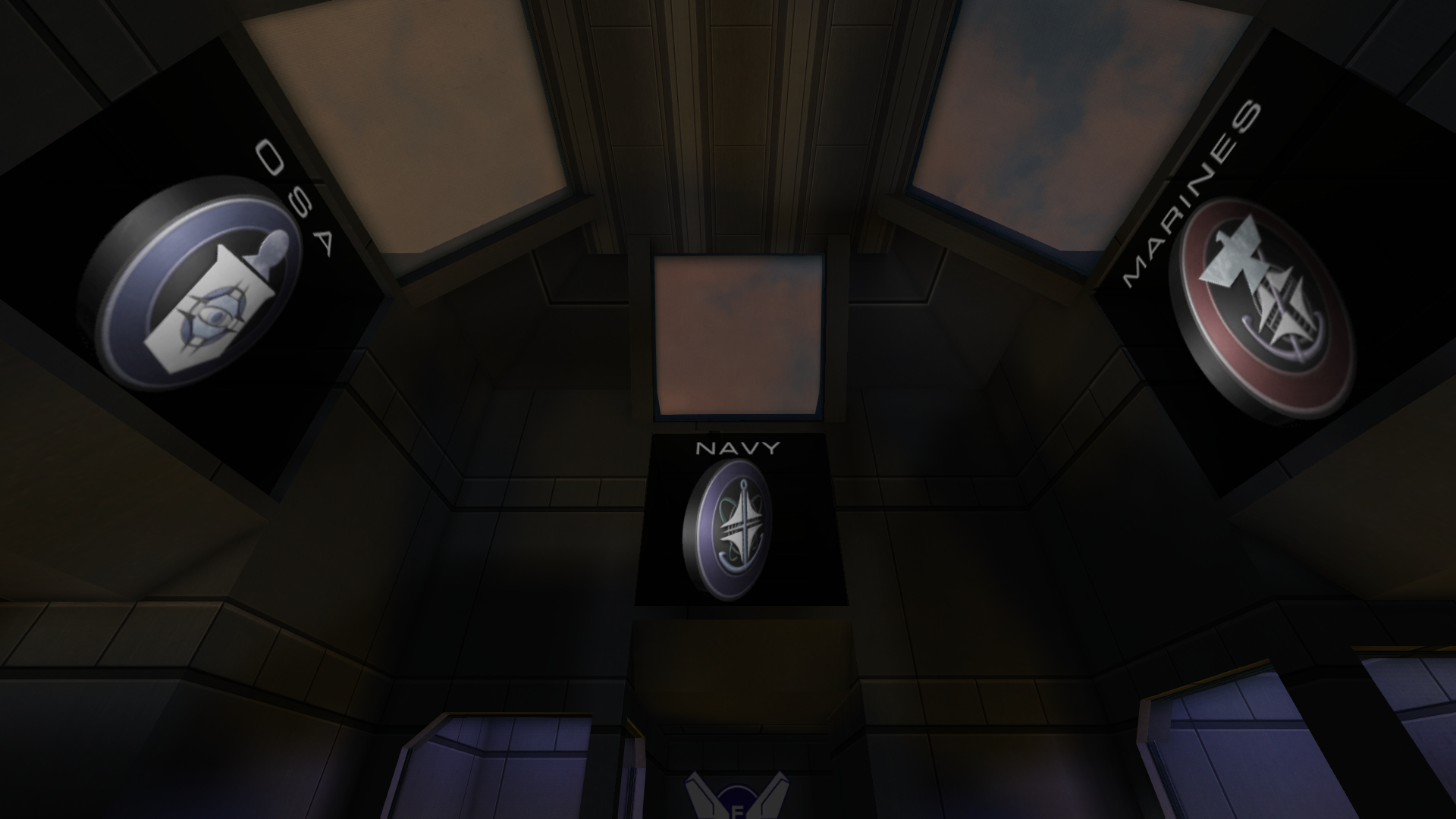
Unlike titles like those in the Resident Evil saga, the use of ammunition is not as much of a problem (despite its scarcity) as knowing exactly when to use it, and this can only be anticipated after having navigated the different sectors of the ship several times and lost a few times.
Movement with the controller felt a bit clunky compared to what I remembered from using the keyboard and mouse on PC, especially in combat, since pressing L3 generates a kind of focus on the enemy that’s not always useful, mainly for dodging attacks or retreating. The enemies are divided into hybrids, which are humans infected with a virus and manipulate pipes and shotguns, even the malicious artificial intelligence, Xerxes, which causes all the events in the game, will activate the ship’s defenses, forcing the player to hack the system or find less dangerous routes.
The game’s structure responds to that of a typical dungeon crawler, although instead of having a medieval setting, it takes players to outer space. But just as in other sagas of this style, it will be necessary to find magnetic cards or numeric codes to access different sectors, which will imply constant back-and-forth between different segments of the spaceship.
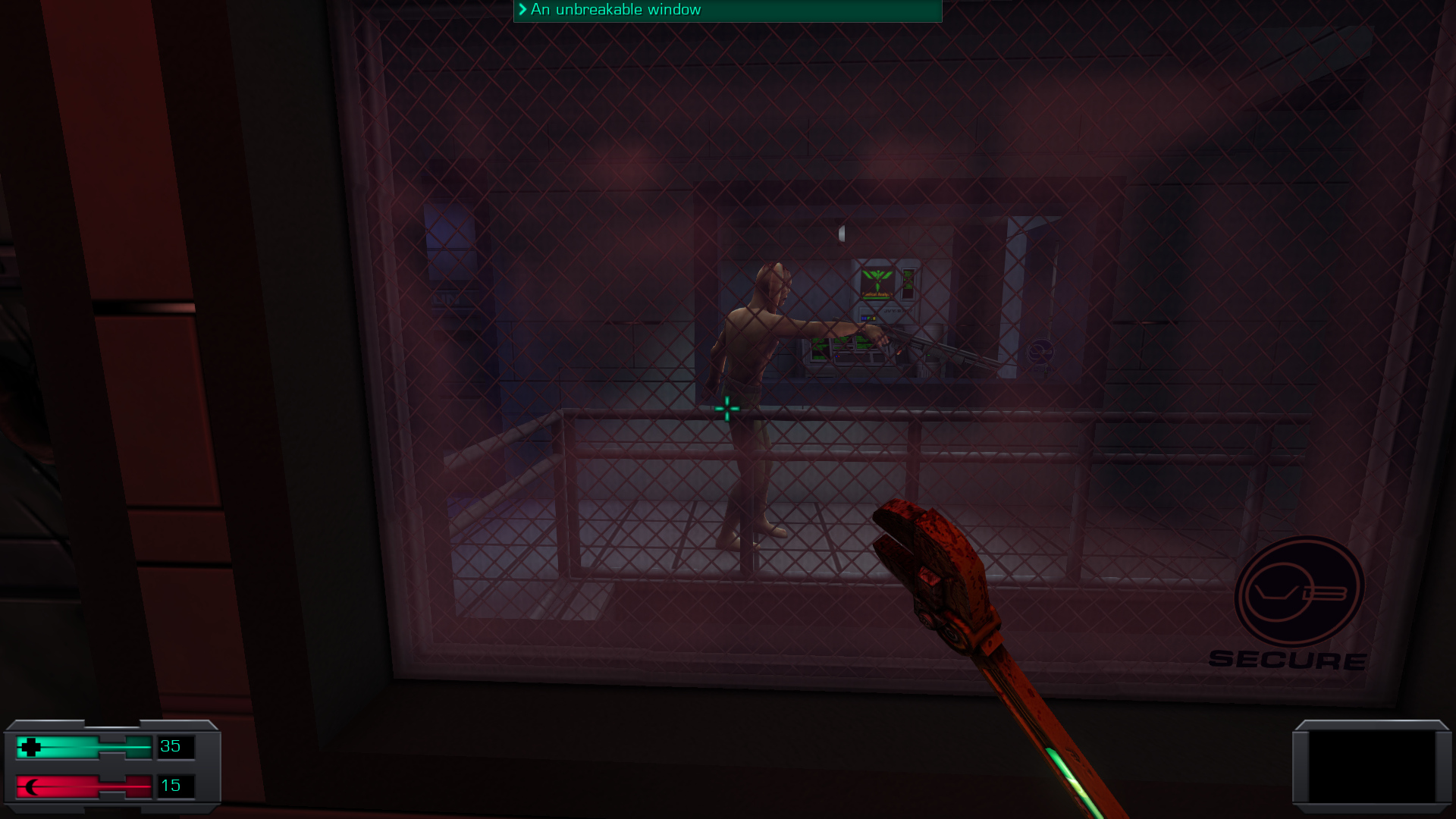
Nightdive Studios already has a mastery of remastering classic titles, and here they’ve added their magic regarding the addition of the game’s conceptual art and the aforementioned improvements in scenarios and character textures, all without losing that classic essence.
The inventory system improved slightly, but it still feels outdated as it did in its time; I think this could have been reformed a bit more in the remastering, even if it meant going against the classic aspect.
The studio has confirmed that the multiplayer mode will be enabled and will be cross-platform, although I haven’t had the chance to try it, as the servers for consoles are not yet enabled.
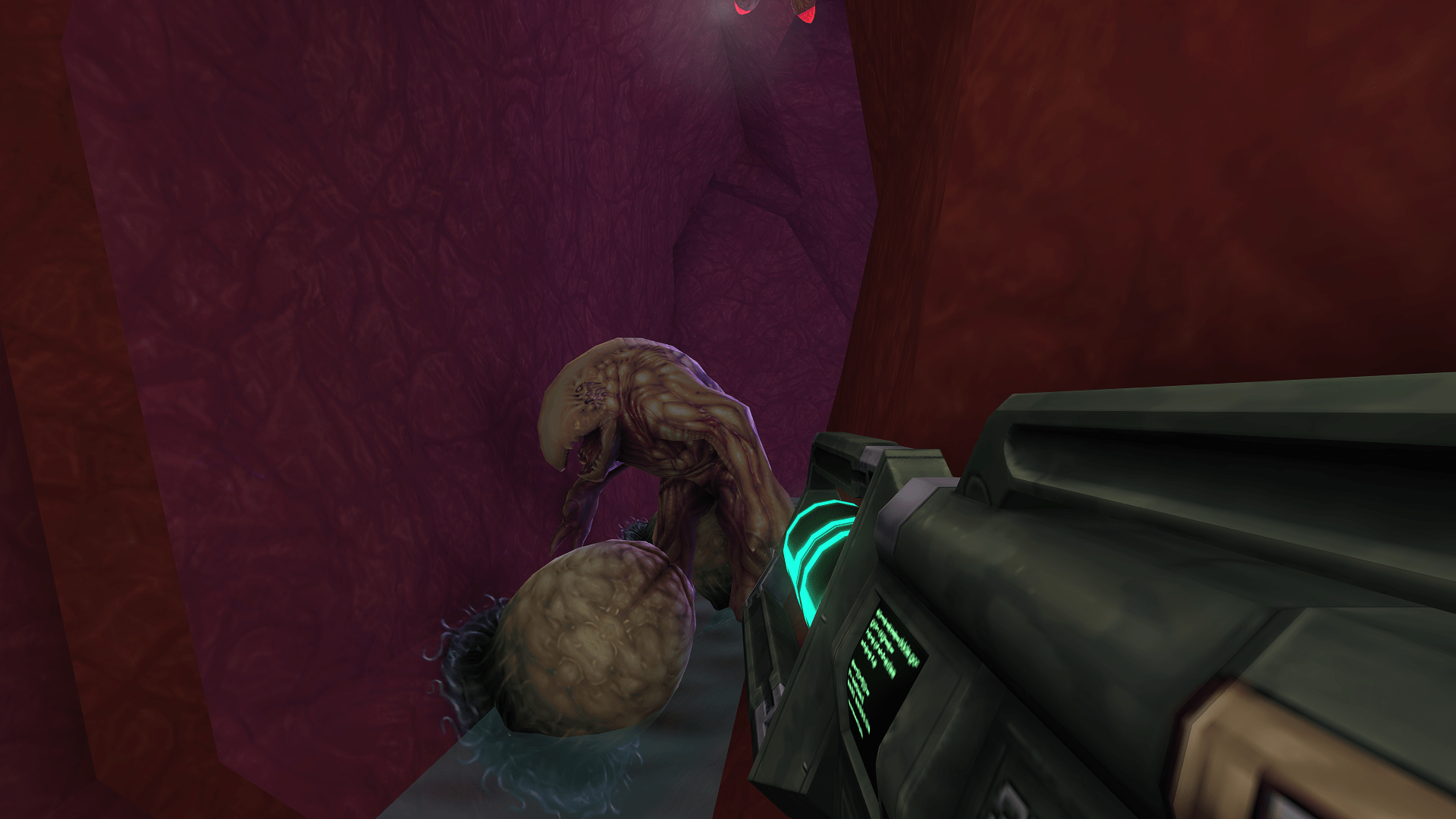
Duration
Beyond the advanced difficulty that the game boasts, for various reasons, the story is extensive, so it’s possible that you won’t be able to finish the title in under 20 hours, making this a release that more than compensates for its price with what it offers.
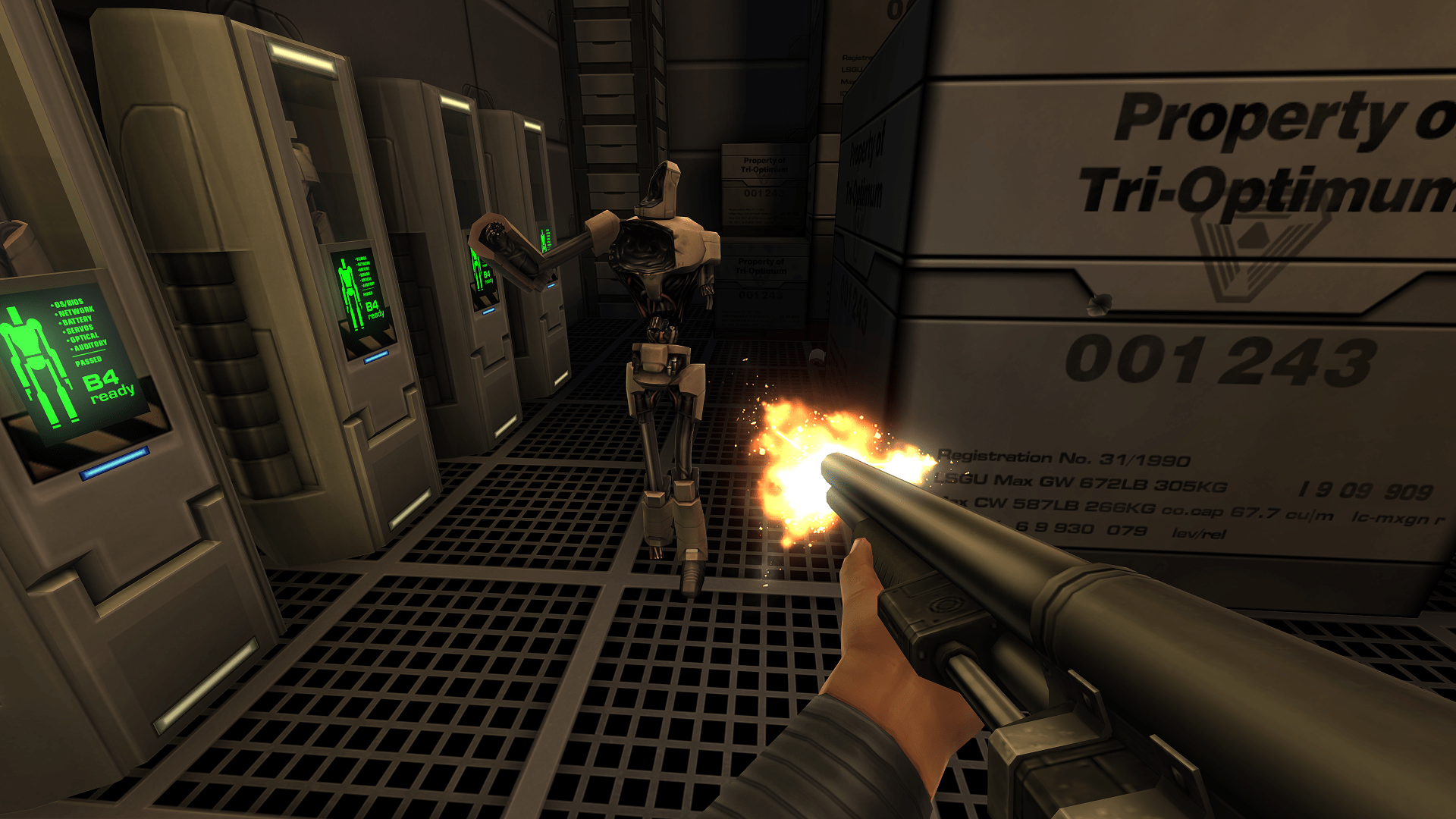
Conclusion
The remastering of this classic makes it the version that should be played today, containing everything that made the game a classic in its time and offering a modern audience an improved experience from a visual and much more fluid standpoint than its release from the last century.
System Shock 2: 25th Anniversary Remaster has all the improvements that long-time fans of the classic could want and is the best invitation for fans of Deus Ex or Bioshock to try the genesis of this style of game in a modern way.
